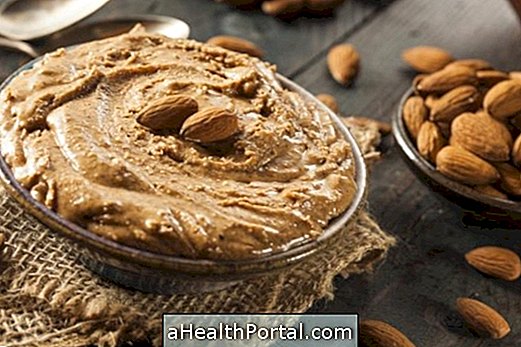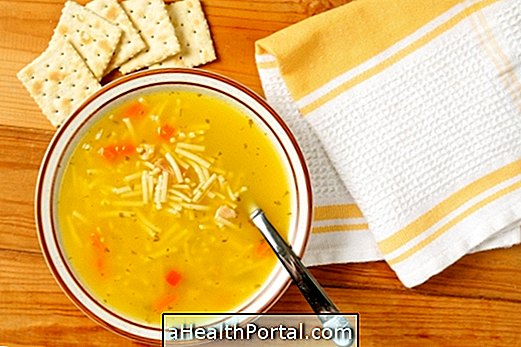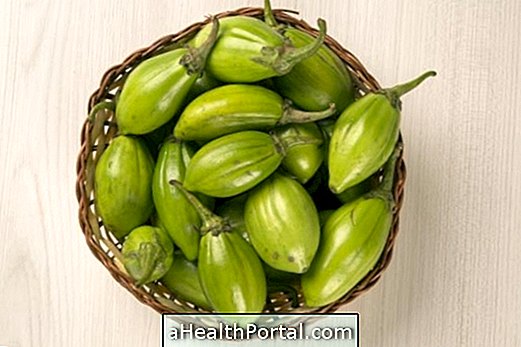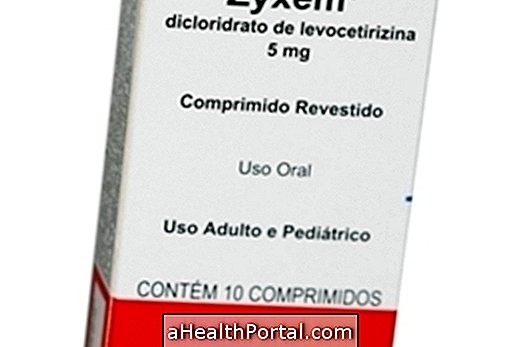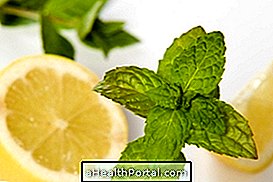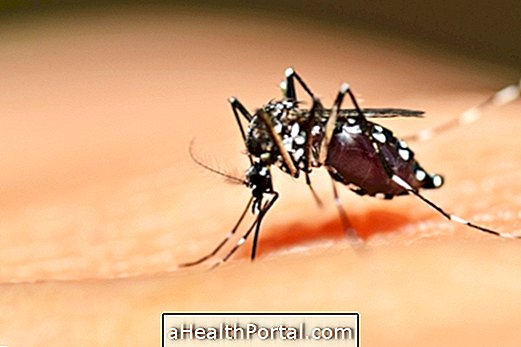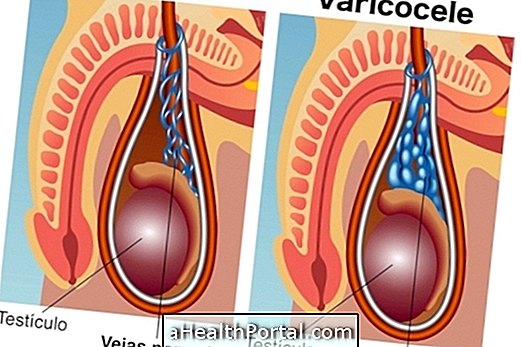Cajá is a fruit of the cajazeira with scientific name Spondias mombin, also known as cajá-mirim, cajazinha, taperibá, tapareba, taperebá, tapiriba, ambaló or amber.
The cajá is mainly used to make juice, nectars, ice cream, jellies, wines or liqueurs and as it is an acidic fruit it is not common to eat the natural. The cajá-umbú variety, which results from the cross between the cajá and the umbú, is a tropical fruit from the Brazilian northeast used mainly in the form of pulp, juices and ice creams.
The main benefits of cajá can be:
- Help to lose weight because it has few calories;
- Improve the health of the skin and eyes by having vitamin A;
- Fight cardiovascular diseases by having antioxidants.
In addition, it also helps relieve constipation, especially the variety of cajá-mango, which is most easily found in the northeastern region of Brazil and is rich in fiber.
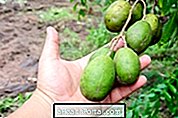


Cajon Nutrition Information
| Components | Amount in 100 g of Cashew |
| Energy | 46 calories |
| Proteins | 0.80 g |
| Fats | 0.2 g |
| Carbohydrates | 11.6 g |
| Vitamin A (Retinol) | 64 mcg |
| Vitamin B1 | 50 mcg |
| Vitamin B2 | 40 mcg |
| Vitamin B3 | 0.26 mg |
| Vitamin C | 35.9 mg |
| Calcium | 56 mg |
| Phosphor | 67 mg |
| Iron | 0.3 mg |
Cajá can be found all year round and its production is higher in southern Bahia and northeastern Brazil.
